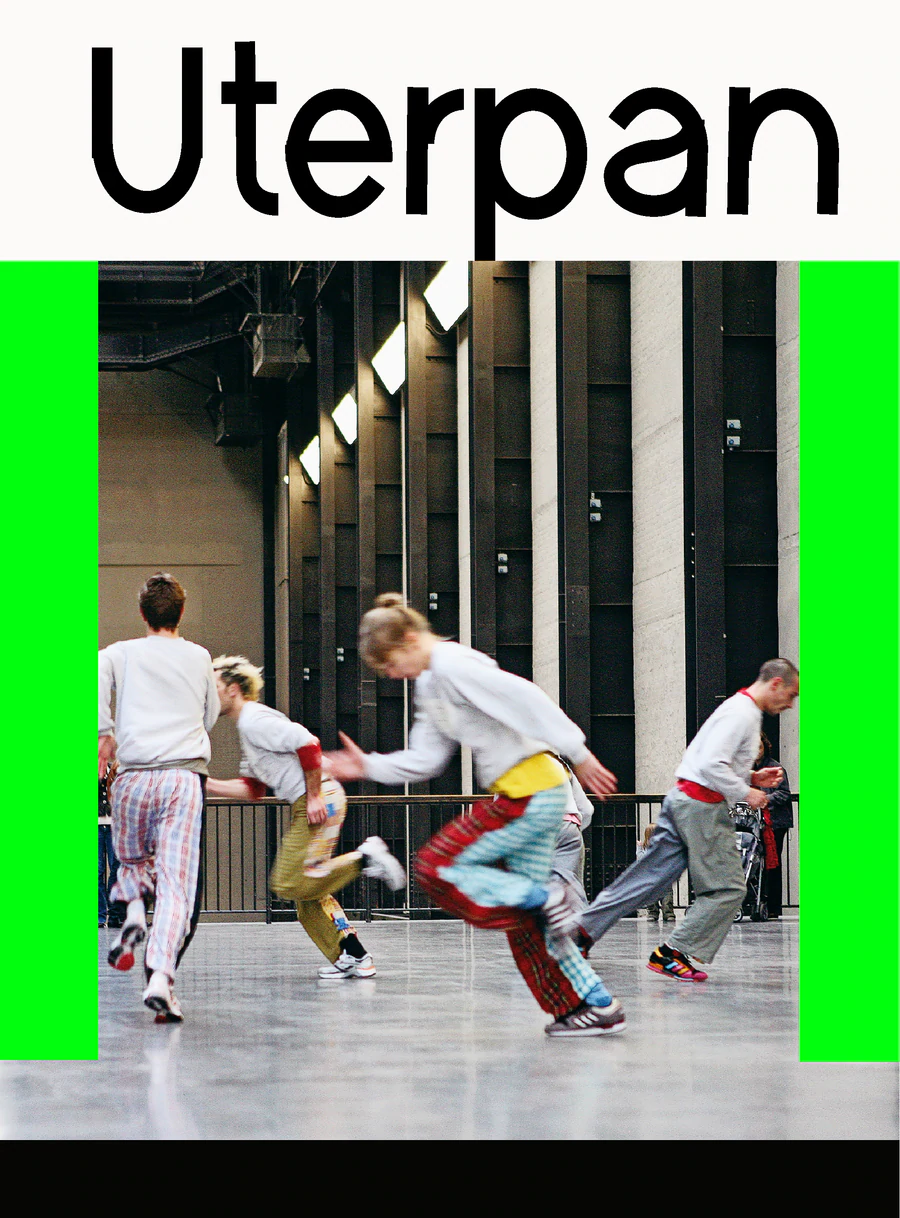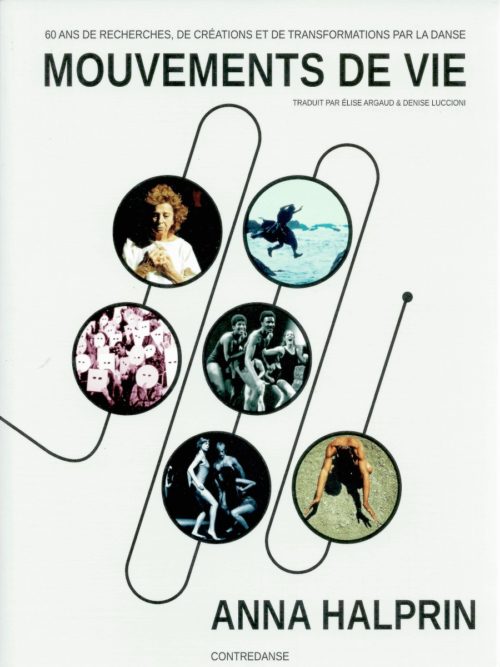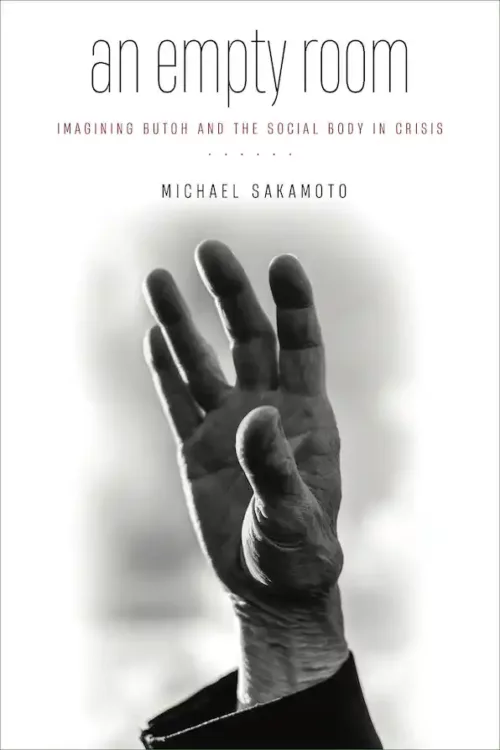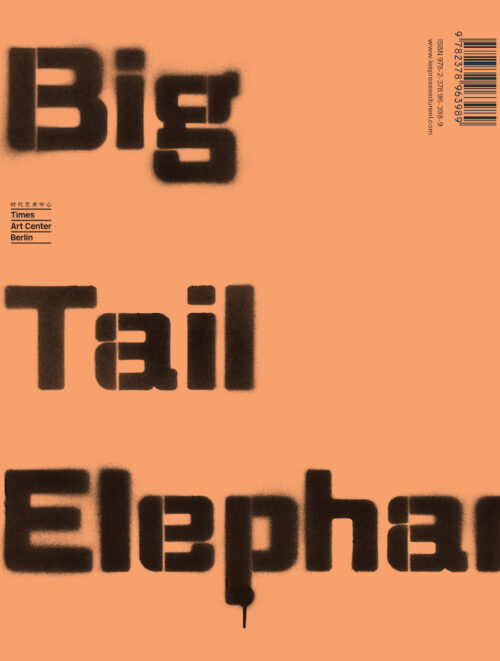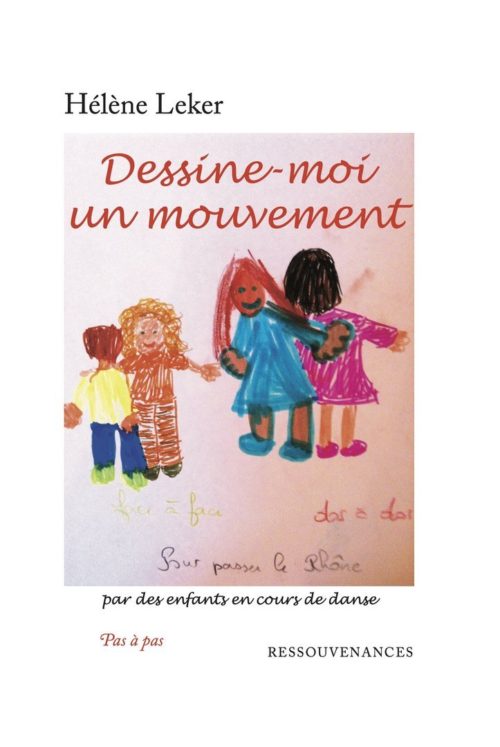SUMMARY
Uterpan est un traité monographique augmenté du travail des gens d’Uterpan. Une interview avec les artistes délivre les motivations qui sous-tendent leur travail et le sens qu’ils donnent à leur approche. L’ouvrage met à jour les œuvres créées depuis 2013 et revient parallèlement sur les toutes premières pièces signées par les gens d’Uterpan. En donnant un nom au Nouveau principe de recherche et de création avec le titre /Anthume, elle réfère toutes les procédures qui sont attachées à cette session.
Le travail d’Annie Vigier et Franck Apertet (les gens d’Uterpan) questionne les normes et les conventions qui régissent l’exposition et le spectacle vivant. En s’appuyant sur les mécanismes d’ajustement de l’individu, du corps et de la création à ces contextes, les artistes constituent une œuvre critique à partir d’une pratique initiale de chorégraphes.
De façon méthodique, leur réflexion opère par le déplacement et la recontextualisation de procédés d’action ou de monstration propres au champ des arts plastiques et au spectacle vivant. Ils incluent dans leur œuvre les paramètres d’approche, de communication et d’archive ainsi que la dimension économique et la situation institutionnelle de sa réalisation. Ils traitent chacune des étapes constituant la pratique de l’artiste et renvoient une responsabilité au visiteur, au commanditaire et à l’institution dans leur travail.
De façon méthodique, leur réflexion opère par le déplacement et la recontextualisation de procédés d’action ou de monstration propres au champ des arts plastiques et au spectacle vivant. Ils incluent dans leur œuvre les paramètres d’approche, de communication et d’archive ainsi que la dimension économique et la situation institutionnelle de sa réalisation. Ils traitent chacune des étapes constituant la pratique de l’artiste et renvoient une responsabilité au visiteur, au commanditaire et à l’institution dans leur travail.
Contributions de/by Pierre Bal-Blanc, Biljana Ciric, Luk Lambrecht, Karin Mihatsch, Dieter Roelstraete.
New monograph.
A monographic treaty, augmented from the work by artists les gens d’Uterpan, Uterpan presents a preface, an editorial, two critical essays, and an interview with the artists that introduces the motivation for their work, the meaning they give to their approach, and the interpretation they make of their work.
Based on a choreographer’s initial practice, les gens d’Uterpan questions the norms and conventions that govern exhibitions and the living arts.
This book updates the works produced since 2013, evocates works from the very outset career of les gens d’Uterpan, mentions and names the new principle of research and creation called /Anthume and the procedures attached to it.
Based on a choreographer’s initial practice, les gens d’Uterpan questions the norms and conventions that govern exhibitions and the living arts.
This book updates the works produced since 2013, evocates works from the very outset career of les gens d’Uterpan, mentions and names the new principle of research and creation called /Anthume and the procedures attached to it.
The work of Annie Vigier and Franck Apertet (les gens d’Uterpan) questions the norms and conventions that govern exhibitions and the live arts. Relying on the mechanisms of adjustment of the individual, the body and creation to these contexts, the artists create a critical work based on the choreographers’ initial practice.
In a methodic manner, their reflection takes place through the displacement and recontextualisation of the processes of action and monstration that belong to the field of fine and live arts. They include in their work the parameters of approach, communication and archiving as well as the economic dimension and the institutional situation of its production. They process each step that constitutes the practice of an artist and make responsible the visitors, sponsors and institutions in their work.
In a methodic manner, their reflection takes place through the displacement and recontextualisation of the processes of action and monstration that belong to the field of fine and live arts. They include in their work the parameters of approach, communication and archiving as well as the economic dimension and the institutional situation of its production. They process each step that constitutes the practice of an artist and make responsible the visitors, sponsors and institutions in their work.

